Innovative Technologies in Pain Management: What’s on the Horizon

St. Charles Spine Institute in Thousand Oaks, California, is dedicated to providing cutting-edge, evidence-based solutions for managing or resolving chronic pain and spinal disorders. As medicine continues to evolve, so does the landscape of pain management. Groundbreaking research and treatment innovations are not only improving how we treat pain today but also shaping a future where minimally invasive and regenerative approaches are beginning to take center stage.
Several advanced pain management techniques have emerged that we have adopted at St. Charles Spine Institute due to their proven efficacy and safety in helping our patients. Here are some exciting developments in pain medicine that are on the horizon.
What We Offer Today: Advanced, Proven Therapies
Our multidisciplinary team at St. Charles Spine Institute provides a comprehensive range of interventional and minimally invasive pain management treatments, including:
- Epidural steroid injections for nerve root inflammation
- Facet joint and medial branch blocks for arthritic back pain
- Radiofrequency ablation (RFA) to deactivate pain-causing nerves
- Spinal cord stimulation (SCS) for chronic nerve-related pain
- Intrathecal pain pumps for targeted, long-term pain control
- Kyphoplasty for vertebral compression fractures
- Regenerative therapies, including stem cell and PRP (platelet-rich plasma) injections for disc and joint pain
These state-of-the-art therapies allow us to target pain at its source, minimize the need for opioids, and help patients regain function and improve quality of life.
What’s Next: The Future of Pain Management
Pain medicine is rapidly evolving, with research and innovation focusing on precision, personalization, and long-lasting remedies with minimal or no adverse side effects. In particular, researchers are interested in remedies that empower the body to heal itself, rather than merely temporarily mask pain or postpone more drastic measures. Here are some of the areas where advancements may shape the future of how we treat spinal and musculoskeletal pain:
1. Regenerative Medicine and Tissue Engineering
Ongoing studies are exploring how to repair or regenerate damaged tissues using biologic agents. This includes:
- Enhanced stem cell therapies that can be customized for individual patients
- Gene therapy to promote anti-inflammatory or regenerative responses
- 3D bioprinting to create tissue scaffolds for disc or cartilage repairs
While some of these therapies remain investigational, they represent a promising shift toward healing rather than symptom control.
2. Next-Generation Neuromodulation
Neuromodulation is the use of chemical and electrical impulses to the spinal cord or specific nerve sites to control pain through stimulation. In other words, rather than take an oral pain reliever to address pain generally, the implantation of a delivery device can use neuromodulation to provide pain relief directly to the inflamed area. Currently, spinal cord stimulation is already a game-changer, but newer devices are being designed to:
- Deliver closed-loop stimulation that adjusts in real-time based on the body’s response
- Offer non-invasive neuromodulation, avoiding implanted devices altogether
- Improve performance through extended battery life, providing relief through wearable or wireless technologies rather than implanted devices
These advances are being developed to enhance precision and patient comfort while expanding the range of conditions that can be treated with electrical and chemical stimulation.
3. Artificial Intelligence and Predictive Analytics
AI now affects every area of life and the economy, and medicine is no exception. AI shows great promise, and some of the beneficial applications of AI to medicine are:
- Analyzing large volumes of patient data to predict which treatments will be most effective for patients who present specific sets of symptoms or health profiles
- Narrowly customizing pain management plans to suit individual patients
- Improving diagnosis and procedural accuracy through rapid and comprehensive image analysis and navigation systems
As AI technology matures and is refined, it may help create truly personalized pain care plans that maximize success and minimize trial-and-error approaches.
4. Non-Pharmacologic Innovations
Several new technologies aim to manage pain without medication or surgery, including:
- Virtual reality (VR) for pain distraction and neuroplasticity training
- Transcranial magnetic stimulation (TMS) for chronic neuropathic pain
- Bioelectronic medicine to target inflammatory reflexes with nerve stimulation
These options may soon offer alternative routes for patients unable or unwilling to undergo traditional treatments.
Staying Ahead at St. Charles Spine Institute
At St. Charles Spine Institute, we strive to remain at the forefront of all spinal care, including pain management innovation. We continuously engage with the latest research, attend national and international spine and pain conferences, and participate in ongoing training to stay informed of and qualified for emerging treatments. We pursue all these efforts with one goal: providing our patients with effective and proven therapies, treatments, and techniques that will enable them to live pain-free and active lives as long as possible.
While we are uncompromising in our commitment to adopt only proven, clinically-validated, and approved technologies, we are also forward-thinking. We want our patients to be able to access the most effective, least invasive solutions available now and as we move into the future. St. Charles Spine Institute in Southern California combines today’s best practices with tomorrow’s advancements to deliver exceptional care to every patient. If you’re dealing with chronic spine-related pain and want to explore both current and emerging treatment options, contact our clinic today to schedule a consultation.
